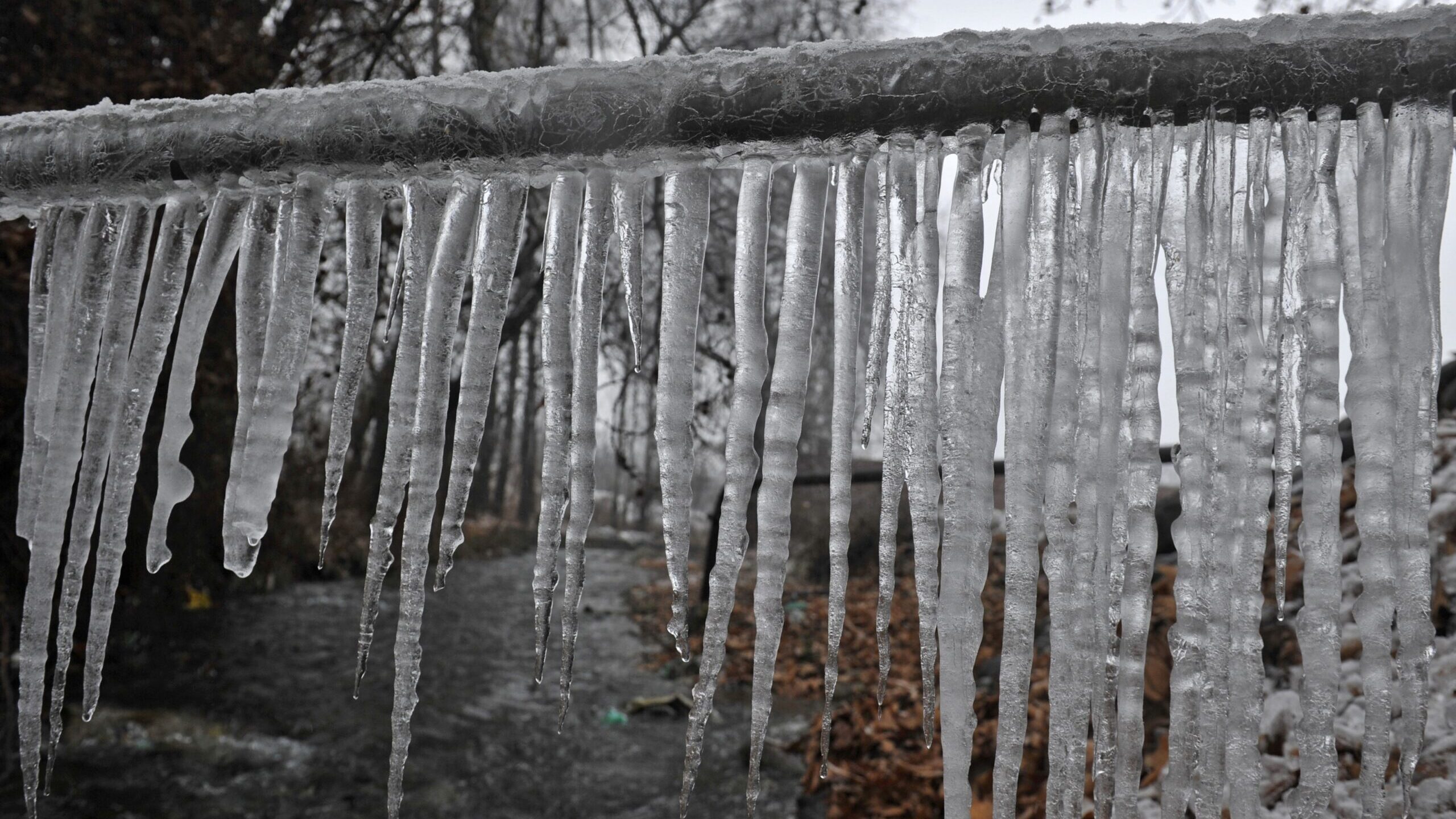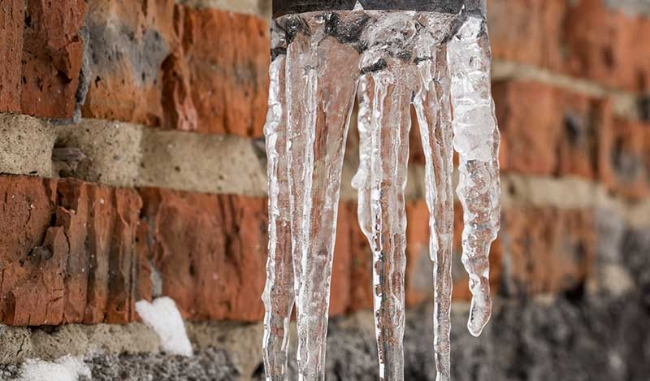Essential Advice for Avoiding Frozen Plumbing in Winter Seasons
Essential Advice for Avoiding Frozen Plumbing in Winter Seasons
Blog Article
Right here underneath you can find a bunch of exceptional points when it comes to 6 Ways to Prevent Frozen Pipes.

Winter can damage your plumbing, specifically by freezing pipes. Below's how to prevent it from taking place and what to do if it does.
Introduction
As temperatures decrease, the risk of frozen pipelines boosts, possibly resulting in pricey repairs and water damage. Recognizing just how to stop frozen pipes is crucial for homeowners in cold climates.
Prevention Tips
Insulating prone pipes
Wrap pipes in insulation sleeves or utilize warmth tape to safeguard them from freezing temperatures. Focus on pipelines in unheated or outside areas of the home.
Home heating methods
Keep indoor spaces sufficiently heated, particularly locations with plumbing. Open up cabinet doors to permit cozy air to distribute around pipelines under sinks.
How to recognize frozen pipes
Search for lowered water circulation from faucets, uncommon odors or noises from pipelines, and visible frost on exposed pipelines.
Long-Term Solutions
Architectural modifications
Think about rerouting pipes far from outside walls or unheated locations. Include extra insulation to attics, cellars, and crawl spaces.
Upgrading insulation
Invest in high-quality insulation for pipes, attic rooms, and wall surfaces. Appropriate insulation aids preserve consistent temperature levels and decreases the threat of icy pipes.
Shielding Outside Pipes
Garden hoses and outside faucets
Separate and drain pipes yard pipes before winter season. Mount frost-proof spigots or cover outdoor taps with insulated caps.
Recognizing Icy Pipes
What triggers pipes to ice up?
Pipes freeze when subjected to temperatures listed below 32 ° F (0 ° C) for extended periods. As water inside the pipelines freezes, it increases, putting pressure on the pipe walls and potentially causing them to burst.
Risks and damages
Frozen pipes can lead to water disruptions, property damages, and expensive repair services. Burst pipes can flood homes and trigger comprehensive architectural damages.
Signs of Frozen Pipes
Recognizing frozen pipes early can prevent them from rupturing.
What to Do If Your Pipelines Freeze
Immediate actions to take
If you think frozen pipelines, keep faucets available to ease pressure as the ice thaws. Make use of a hairdryer or towels soaked in warm water to thaw pipes gradually.
Conclusion
Stopping frozen pipelines requires positive actions and fast feedbacks. By recognizing the causes, indicators, and safety nets, property owners can protect their plumbing during cold weather.
5 Ways to Prevent Frozen Pipes
Drain Outdoor Faucets and Disconnect Hoses
First, close the shut-off valve that controls the flow of water in the pipe to your outdoor faucet. Then, head outside to disconnect and drain your hose and open the outdoor faucet to allow the water to completely drain out of the line. Turn off the faucet when done. Finally, head back to the shut-off valve and drain the remaining water inside the pipe into a bucket or container. Additionally, if you have a home irrigation system, you should consider hiring an expert to clear the system of water each year.
Insulate Pipes
One of the best and most cost-effective methods for preventing frozen water pipes is to wrap your pipes with insulation. This is especially important for areas in your home that aren’t exposed to heat, such as an attic. We suggest using foam sleeves, which can typically be found at your local hardware store.
Keep Heat Running at 65
Your pipes are located inside your walls, and the temperature there is much colder than the rest of the house. To prevent your pipes from freezing, The Insurance Information Institute suggests that you keep your home heated to at least 65 degrees, even when traveling. You may want to invest in smart devices that can keep an eye on the temperature in your home while you’re away.
Leave Water Dripping
Moving water — even a small trickle — can prevent ice from forming inside your pipes. When freezing temps are imminent, start a drip of water from all faucets that serve exposed pipes. Leaving a few faucets running will also help relieve pressure inside the pipes and help prevent a rupture if the water inside freezes.
Open Cupboard Doors
Warm your kitchen and bathroom pipes by opening cupboards and vanities. You should also leave your interior doors ajar to help warm air circulate evenly throughout your home.

Hopefully you liked our part on How to prepare your home plumbing for winter weather. Thank you for finding the time to browse our article post. Do you know somebody who is involved in the subject? Do not hesitate to promote it. I cherish reading our article about How To Avoid Freezing Pipes.
Book Services Report this page